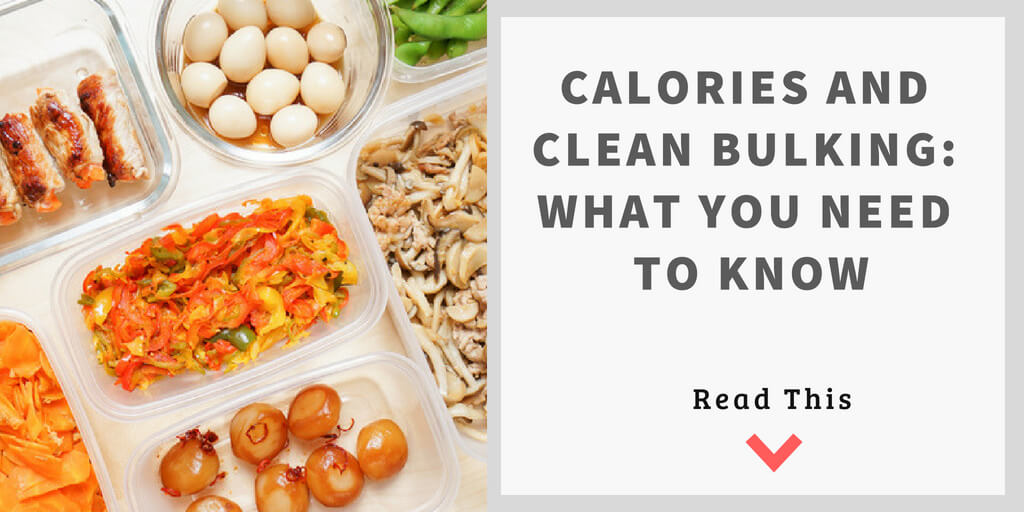I tipped the scale at 59 kg (130 pounds), and did a lot of cardio-type activities.
Snowboarding, BMX riding, water skiing, and motocross (which can rev up your heart rate more than you think).
But I wanted to get bigger. I wanted to get stronger. And I wanted to build muscle and bulk, without getting fat.
The solution: Figure out what to eat and how much to eat in order to grow.
Have you been thinking about bulking up?
There’s more than one way to bulk up and build muscle. But the old-school diet to bulk up isn’t exactly the best way.
This is basically the see-food-you-eat-it-anything-goes diet. Sure, if you want to bulk up, you need to eat more calories than you burn, but to a point.
A daily diet of burgers, fries, soda, ice cream, pizza, and alcohol will help you pack on the pounds and consume plenty of extra calories. You’ll get bigger. You’ll even build some muscle if you’re training and getting enough protein.
But with this type of bulking diet, you’ll also gain a lot of fat. And if your ultimate goal is to add size and get lean, you’re creating a lot more work for yourself if your bulking diet is loaded with junk.
(Not to mention that poor eating habits and excess weight can take a toll on your health in more ways than one.)
Calculate your calorie surplus
Even when you’re bulking, I think it’s important to track your daily calories and macros.
If you’re not eating enough, you’re not going to make the gains you’re after. If you’re eating too much, you’ll get bigger, but fatter too. And that’s probably not what you want.
The good news is that it’s possible to clean bulk. And it starts with figuring out how many calories you should consume.
If you want to clean bulk to build lean muscle mass, an anything-goes kind of diet isn’t going to work.
So how many calories should you consume?
Start by calculating your Total Daily Energy Expenditure. It’s primarily based on your Basal Metabolic Rate and level of activity.
Once you know your TDEE, you’ve got a baseline to determine how many calories per day you should eat for bulking.
For most people, eating 300 to 500 calories above maintenance is just enough to help you build lean muscle mass without adding a lot of extra fat.[1]
Calculating the amount of calories you should consume per day for bulking looks like this:
(TDEE calories) + (200 to 500 calories) = Daily calorie goal for bulking
Protein: About 30 to 40 percent of those calories should come from lean protein, sources. Or around 1 to 1.2 grams of protein, per pound of body weight. Focus on hitting this macro goal first.[2]
Carbs: During a bulking phase, you can afford to eat a few more carbs that you probably would when you’re cutting, working on getting lean, and lower your body fat percentage. Aim to keep your carbs during a bulking phase around 35 to 50 percent of total calories.
Fats: Calories from healthy fats during a bulking phase can range from 20 to 40 percent.
Keep in mind not everybody responds to calories and exercise the same way during a bulking phase. And there’s more than one “right” number for the amount of calories you should consume and how to divide your macronutrients.
A lot of pro bodybuilders have learned this through trial and error. And you can take the same approach.
For example: If you’re not gaining enough lean mass, increase the amount of calories you’re consuming. If you’re gaining weight but too much fat and not enough lean muscle mass, adjust your macros and take a closer look at TDEE and your calorie surplus.
Or let me set up an 8-week or 12-week plan to help you build mass or lean muscle with a daily calorie goal, macro breakdown, meal plan, and workouts.
Lean Bulk Shopping List
So what should you be eating to build lean muscle mass?
Enough calories to be in a surplus by 300 to 500 calories per day. You’ve got room for a cheat meal on a regular basis (aim for once a week). But the rest of your calories, even when you’re in a surplus should come from healthy foods.
Here are some foods I recommend putting on your lean bulk shopping list:
- Eggs
- Whole-grain bread
- Peanut butter
- Nut butter
- Whey protein
- Chicken
- Sweet potatoes
- Bananas
- Almonds
- Lean Beef
- Whole-grain rice
- Leafy greens
- Avocado
- Greek yogurt
- Oatmeal
- Granola or muselix
- Frozen vegetables
- Turkey
Eat more often
One of the biggest challenges with clean-bulk dieting for most people is eating all the food.
The best way to make it work: Plan to eat more often throughout the day. That way you’re not trying to nosh your way through a mountain of food at dinner time just to hit your calorie goal.
When I finally figured out how to train and how to eat, I started packing on lean mass and building muscle. And I realized, it’s a struggle a lot of other people probably need help with to. It’s why I’m on a mission to help 100,000 people achieve their ideal physique by 2020.
Need help with a lean bulking plan to build muscle mass, or have a different physique goal in mind? Let me know.
References
- Bachus, T., et al. (2016). Diet tips for gaining weight. American Council on Exercise. From: https://www.acefitness.org/education-and-resources/lifestyle/blog/5979/diet-tips-for-gaining-weight
- Longland, T., et al. (2016). Higher compared with lower dietary protein during an energy deficit combined with intense exercise promotes greater lean mass gain and fat mass loss: a randomized trial. American Journal of Clinical Nutrition. From: http://ajcn.nutrition.org/content/103/3/738

